Fiddle leaf fig help
Margaret Oh
last year
Featured Answer
Sort by:Oldest
Comments (8)
iochroma
last yeartapla (mid-Michigan, USDA z5b-6a)
last yearlast modified: last yearMargaret Oh thanked tapla (mid-Michigan, USDA z5b-6a)Related Discussions
Fiddle Leaf Fig help
Comments (4)It's oedema. a physiological disorder that can affect all plants. It occurs when the plant takes up more water than it can rid itself of via the process of transpiration. In afflicted plants, internal water pressure (turgidity) can become so high that some leaf cells rupture or cell contents leak into inter-cellular spaces in leaf tissue. Oedema is most often driven by excessive water retention in the soil, but cool temperatures, high humidity levels, low light conditions, or partial defoliation can individually or collectively be additional contributors, as can anything else that slows transpiration. As well, nutritional deficiencies of Ca and Mg are known contributors to the malady. Symptoms vary by plant, but can include wet or weepy areas on the foliage, blisters that turn from white or tan to dark brown or black, then gradually turn corky/ scaly/ ridged, and wart-like or gall-like bumpy growth. Al...See MoreFiddle Leaf Fig Help. Too much or too little water?
Comments (1)More people might be able to chime in with fiddle leaf fig specific advice, but some rules of thumb for watering are as follows: To know when the plant needs to be watered, use a chopstick or wooden dowel and insert it as far into the soil as you can. If it comes out wet and dirty, don't water yet. Water only when the dowel comes out clean and dry. Water the plant until about 15% of the water poured comes out of the drainage holes of the pot (good to do this in a kitchen sink), and let the plant sit for about 20 minutes so the water can finish dribbling out. When you water only a few cups at a time salts can built up in the soil. Most commercial soils are dense and water retentive, leading to plants suffering from. Consider looking into the 5-1-1 mix discussed on these forums or at least adding perlite to a commercial soil to help alleviate this....See MoreFiddle leaf Fig Help!
Comments (1)Here is a pic of it! Thanks...See MoreFiddle Leaf Fig help
Comments (2)Don’t put the blinds down and move the tree right in front of the window. Don’t starve it of light. youre likely overwatering. Use a sharpened wooden dowel and stick it all the way to the bottom and pull it out. if it’s dark, damp with soil clung to it, don’t water. Chexk daily and water when it comes out clean and dry. Youre over watering currently. Don’t use gravel at the bottom of a pot. It doesn’t help drainage at all, it simply moves the soggy perched water table up higher. What type of soil? How did you go about repotting or potting up? How long have you had the plant?...See MoreMargaret Oh
last yearMike the Fiddle Leaf Fig Guy
12 months agoMargaret Oh
11 months agotapla (mid-Michigan, USDA z5b-6a)
11 months agoMichele Rossi
11 months agolast modified: 11 months ago
Related Stories

HOUSEPLANTSPlay Up Some Fiddleleaf Figs for a Lively Indoor Tune
Strike a dramatic chord in a minimalist scene or a country note in a rustic setting — fiddleleaf fig plants harmonize with any style
Full Story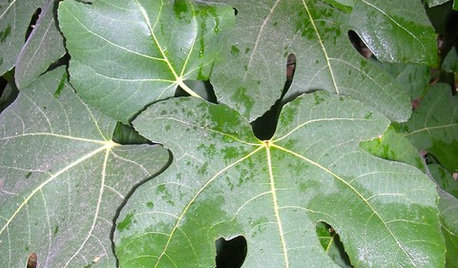
GARDENING GUIDESGreat Design Plant: Common Fig
A full form and delicious fruits make this Middle Eastern tree a favorite in gardens around the world
Full Story
DECORATING GUIDESA Glimmer of Gold Leaf Will Make Your Room Shine
Make a unique, unexpected statement in any space with this precious metallic finish
Full Story
EARTH DAYHow to Help Your Town’s Beneficial Birds and Bugs
Make a habitat using local materials to provide a home to the creatures that help our gardens
Full Story
CONTAINER GARDENSContainer Garden Basics: How and When to Water Potted Plants
Confused about soil moisture, the best time to water and what watering device to use? This guide can help
Full Story
HOUSEPLANTSHow to Create an Indoor Landscape
Apply principles and elements of design to help your indoor garden flourish
Full Story
DECORATING GUIDESHow to Use Full-Scale Decor to Make a Small Space Feel Bigger
With a less-is-more approach, even oversize furnishings can help a compact area seem roomier
Full Story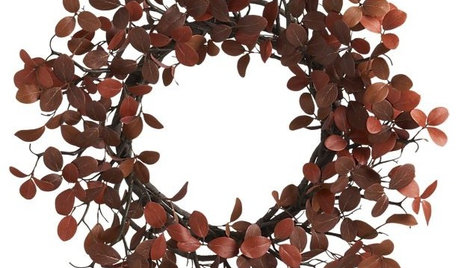
PRODUCT PICKSGuest Picks: Warm Fall Finds for the Home
Whether warm in color or texture, these decorative pieces will help take the chill out of the air this season
Full Story
EARTH DAYHow to Design a Garden for Native Bees
Create a garden that not only looks beautiful but also nurtures native bees — and helps other wildlife in the process
Full Story
GARDENING GUIDESHow to Keep Your Citrus Trees Well Fed and Healthy
Ripe for some citrus fertilizer know-how? This mini guide will help your lemon, orange and grapefruit trees flourish
Full Story


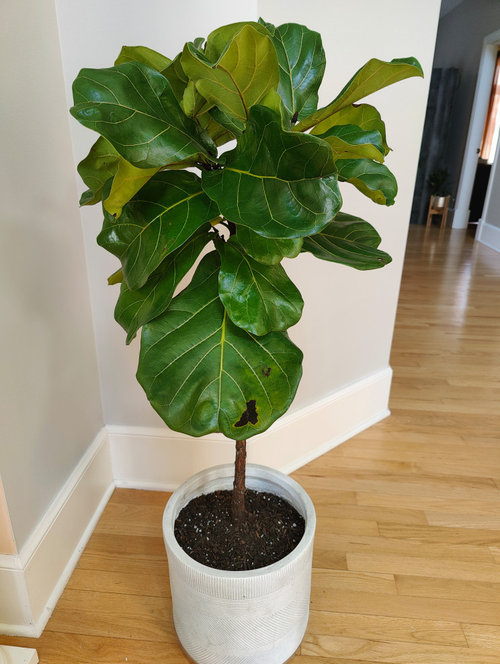
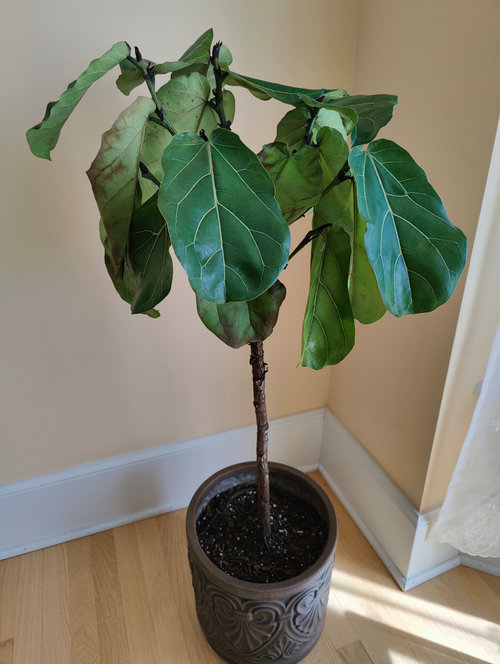
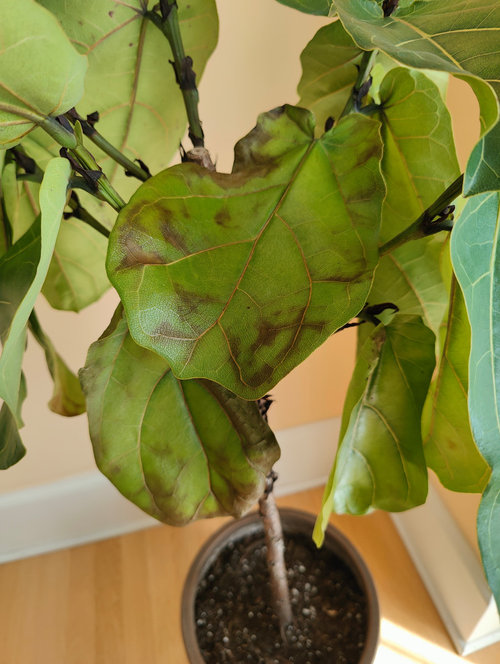
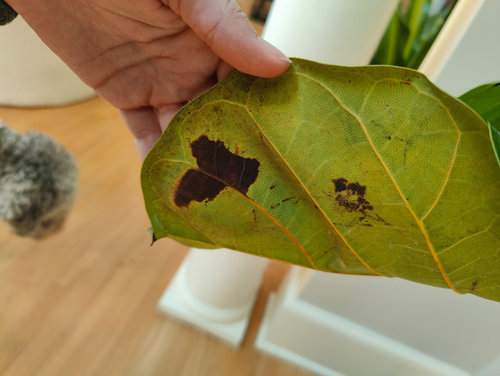
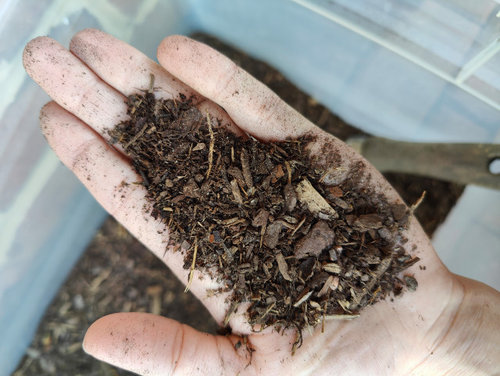
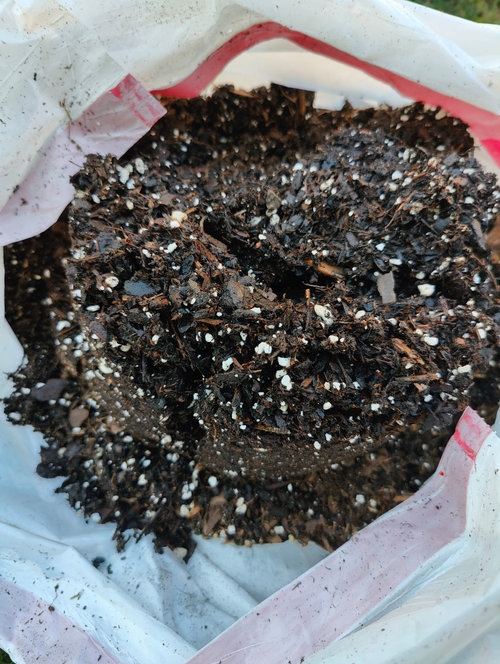


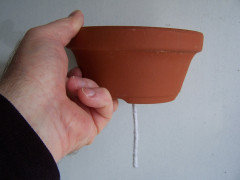

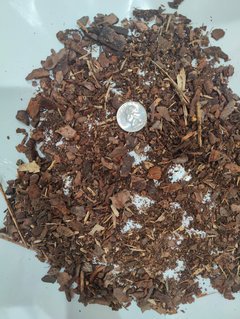
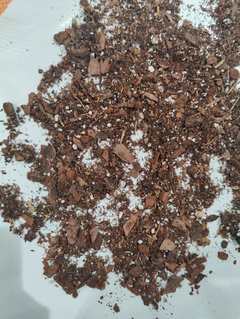








tapla (mid-Michigan, USDA z5b-6a)